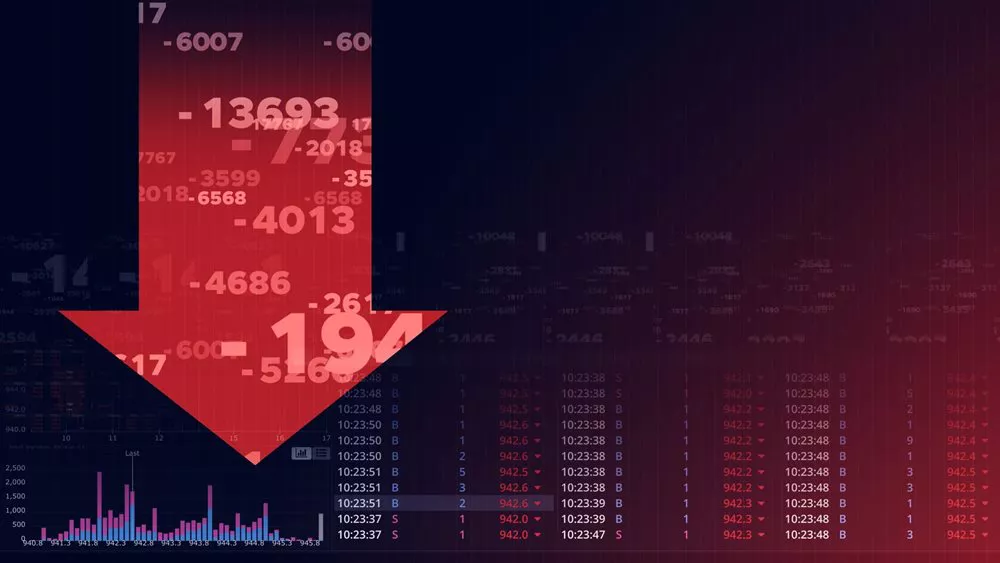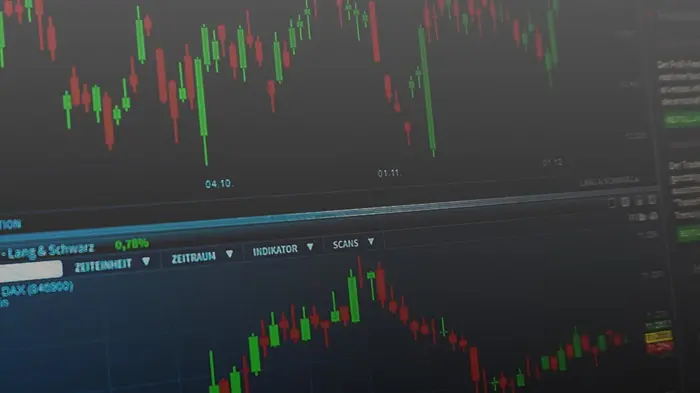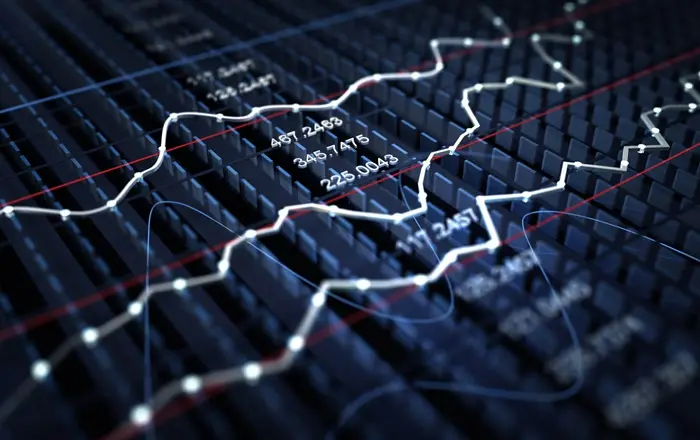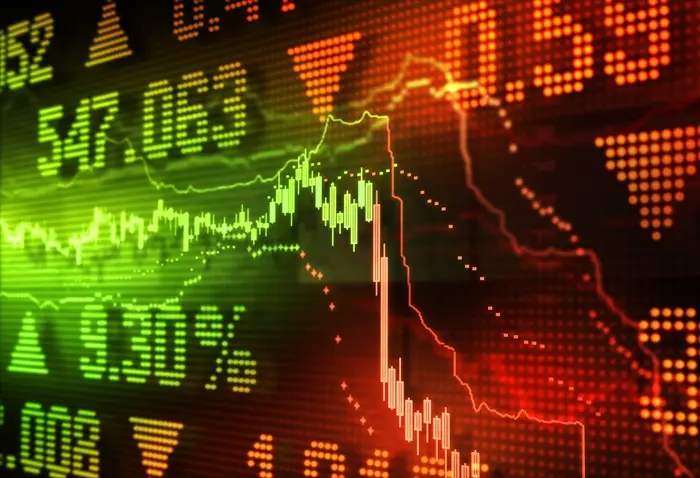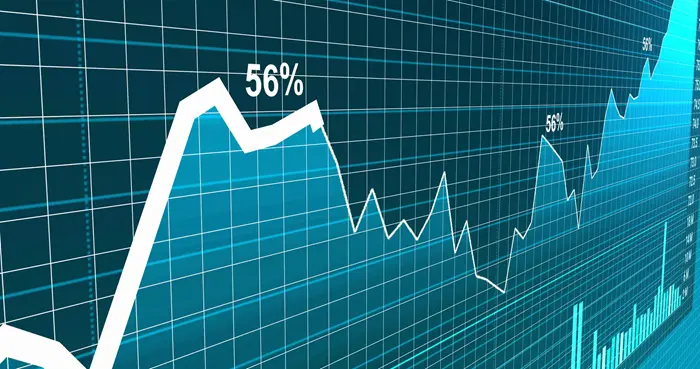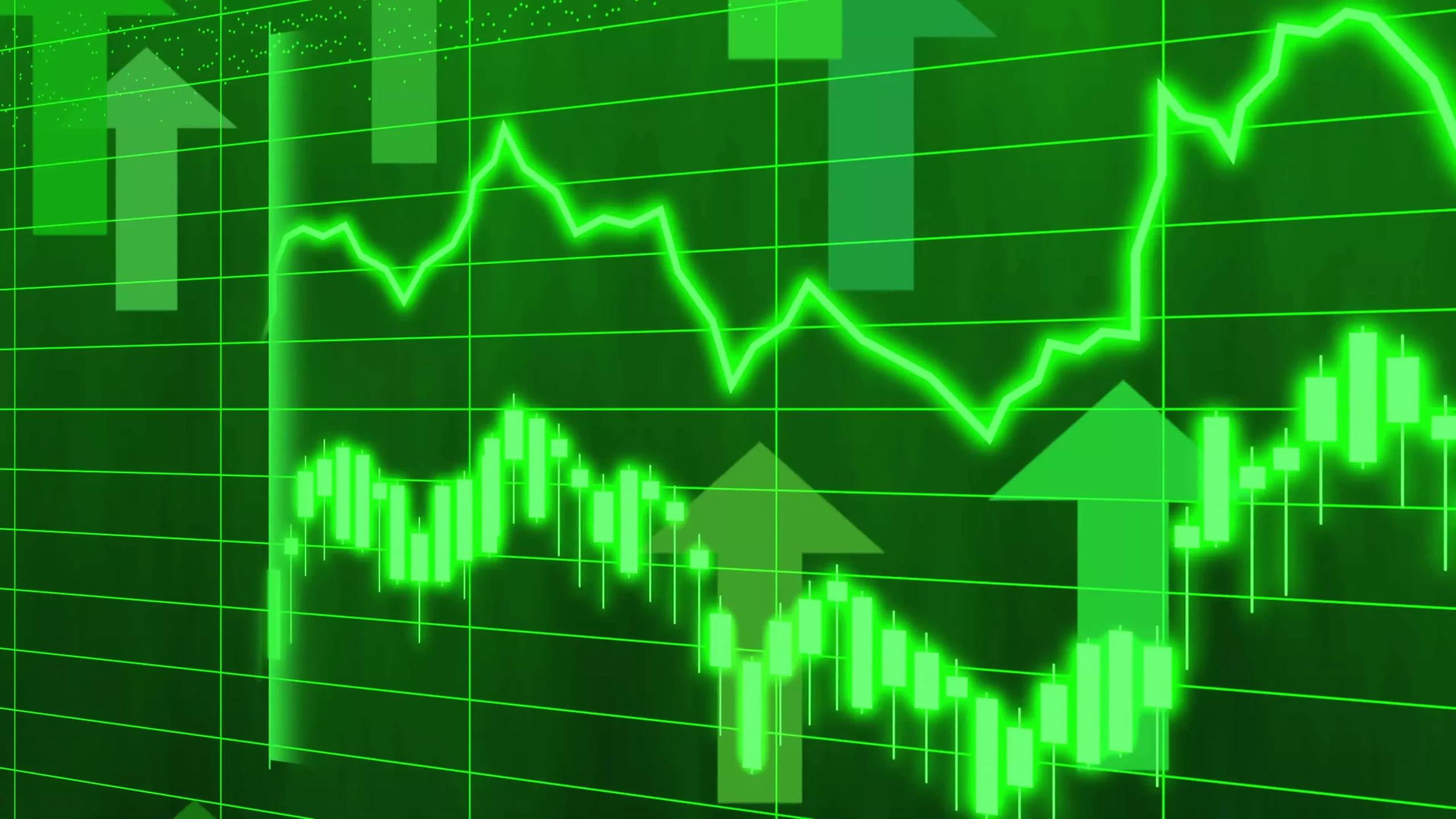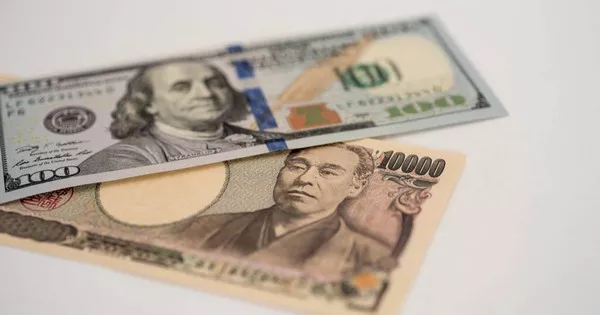BANGKOK (AP) — Asian stocks opened higher Tuesday, with Japan’s Nikkei 225 up 5.5% after a nearly 8% drop the day before.
The rebound came after a wild day on Wall Street following a sharp drop in U.S. stocks after President Donald Trump threatened to raise tariffs by double digits.
The Nikkei 225 had jumped to 32,819.08 a half-hour after Tokyo opened.
South Korea’s Kospi rose 2%, and New Zealand and Australian stocks also advanced.
Asian stocks plunged Monday, with Hong Kong stocks plunging 13.2%, their biggest one-day drop since the 1997 Asian financial crisis.
The S&P 500 closed down 0.2% on Monday as battered financial markets focused on Trump’s next move in his trade war. If other countries agree to a trade deal, he could roll back tariffs and stave off a possible recession. But if he sticks with tariffs for the long haul, stock prices could fall further.
The Dow Jones Industrial Average fell 349 points, or 0.9%, while the Nasdaq Composite edged up 0.1%.
All three major indexes opened sharply lower, with the Dow plunging as much as 1,700 points after the rest of the world fell even more. But late in the morning, the Dow suddenly surged nearly 900 points. Meanwhile, the S&P 500 turned from a 4.7% decline to a 3.4% gain, which would have been its biggest gain in years.
The sudden rise followed rumors that Trump was considering a 90-day pause in tariffs, which the White House X account quickly labeled “fake news.” The rumors could have moved trillions of dollars worth of investments, showing how much investors wanted to see signs that Trump might ease tariffs.
Stocks quickly retreated, and soon thereafter Trump further stuck to his guns and said he might further increase tariffs on China after the world’s second-largest economy retaliated with tariffs on U.S. products last week.
Trump’s tariffs are an attack on globalization, which has reshaped the world economy, lowering prices on U.S. store shelves but also causing production jobs to move to other countries.
He gave several reasons for the high tariffs, including bringing manufacturing jobs back to the U.S., a process that could take years. Trump said on Sunday that he wants to reduce the ratio of goods the U.S. imports from other countries relative to the amount of goods it exports to other countries.
Still, stock indexes fluctuated between losses and gains on Monday after Trump’s latest tariff threat, in part because investors still hoped that negotiations would prevent the actual implementation of high tariffs on all imports.
The only thing that seemed certain on Monday was that global investment would suffer financial pain for the third consecutive day after Trump announced the tariffs on “Liberation Day.”
U.S. benchmark crude oil prices fell below $60 in early trading for the first time since 2021, driven by concerns that a global economy weakened by trade barriers will reduce fuel consumption. Bitcoin prices fell below $79,000, below a record above $100,000 set in January, but bitcoin prices were more stable than other markets last week.
Related topics:


